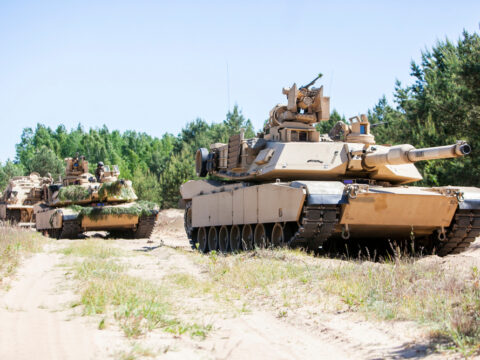Navigating the world of car buying can often feel like walking a labyrinth. With an overwhelming array of features and options, it’s easy to get lost in infotainment systems, luxury add-ons, and high-performance specs. But amidst this sea of choices, there’s one area where the path should be crystal clear: safety.
Contents
Anti-Lock Braking System (ABS)

ABS prevents the wheels from locking up or skidding during braking. This helps maintain steering control in emergency braking situations and on slippery roads. According to the National Highway Traffic Safety Administration (NHTSA), ABS can reduce the risk of crashes by 31% on wet roads.
Airbags
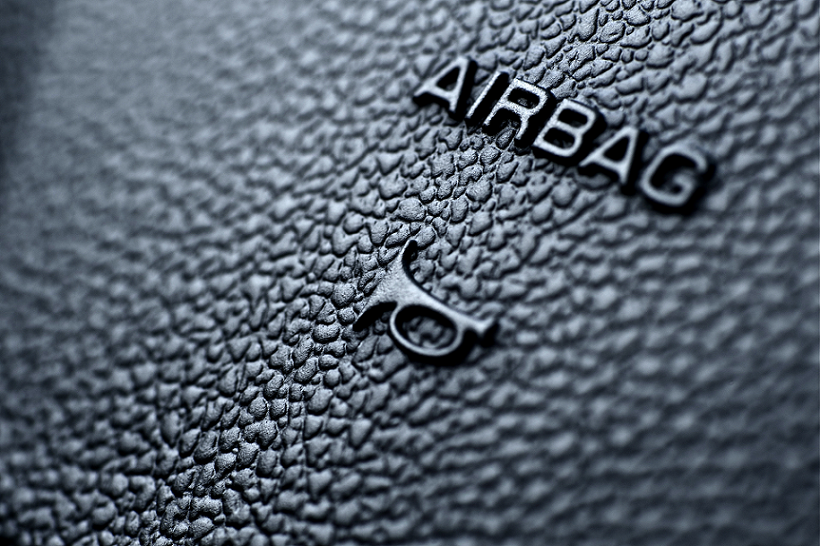
These are crucial in protecting occupants during a collision. Frontal airbags have been standard in all new cars since 1998, and side airbags are also common. NHTSA estimates that frontal airbags saved 2,790 lives in 2017 alone.
Electronic Stability Control (ESC)

ESC helps the driver maintain control of the car when it loses traction. It can reduce the risk of a fatal single-vehicle crash by about 50%, according to the Insurance Institute for Highway Safety (IIHS).
Traction Control Systems
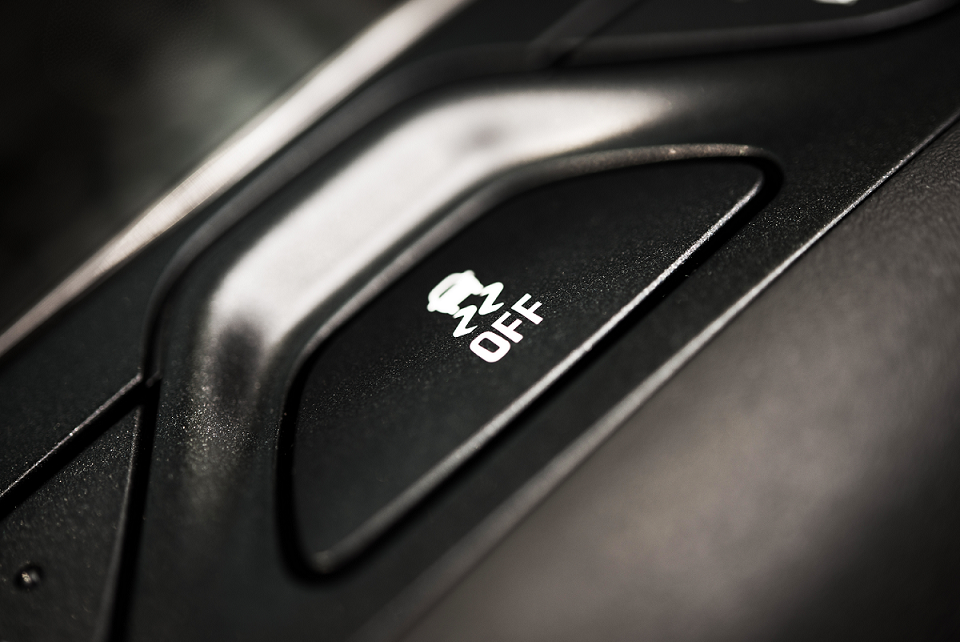
Similar to ESC, this system prevents wheel slip when accelerating. It’s particularly helpful in slippery conditions and can contribute to maintaining control of the vehicle.
Automatic Emergency Braking (AEB)
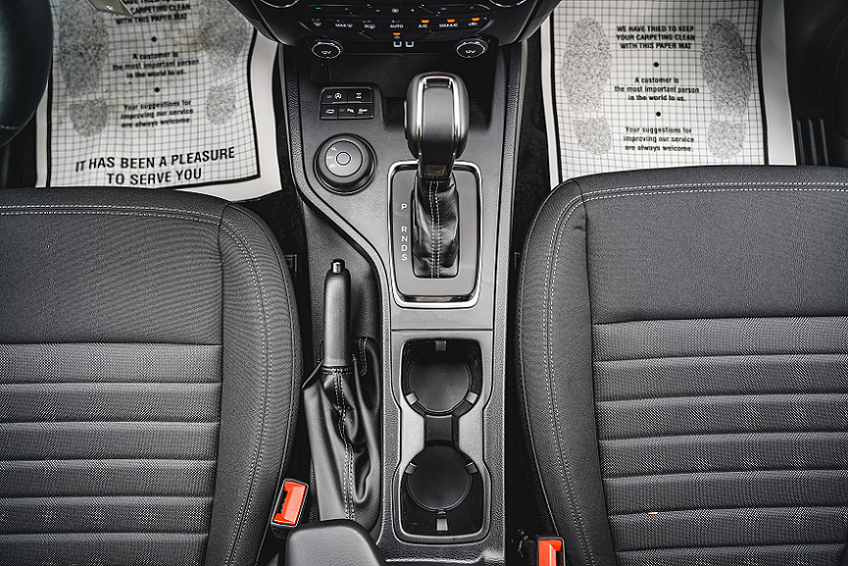
This system detects potential collisions with vehicles or pedestrians and automatically applies the brakes if the driver doesn’t respond in time. IIHS estimates that AEB can reduce rear-end crashes by 50%.
Forward Collision Warning (FCW)
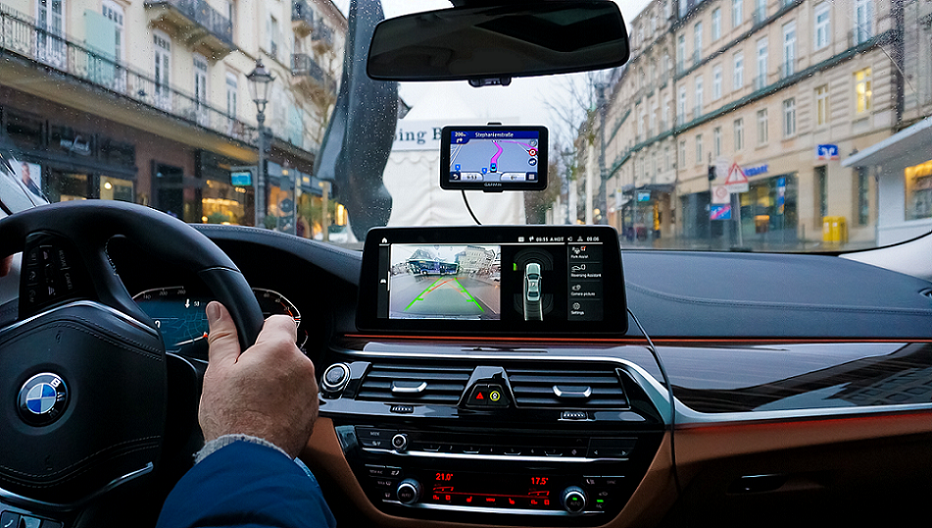
FCW systems alert the driver to an imminent crash with the vehicle ahead. While it doesn’t take action like AEB, the warning can give drivers crucial seconds to react. IIHS found that FCW reduced rear-end crashes by 27%.
Blind Spot Detection
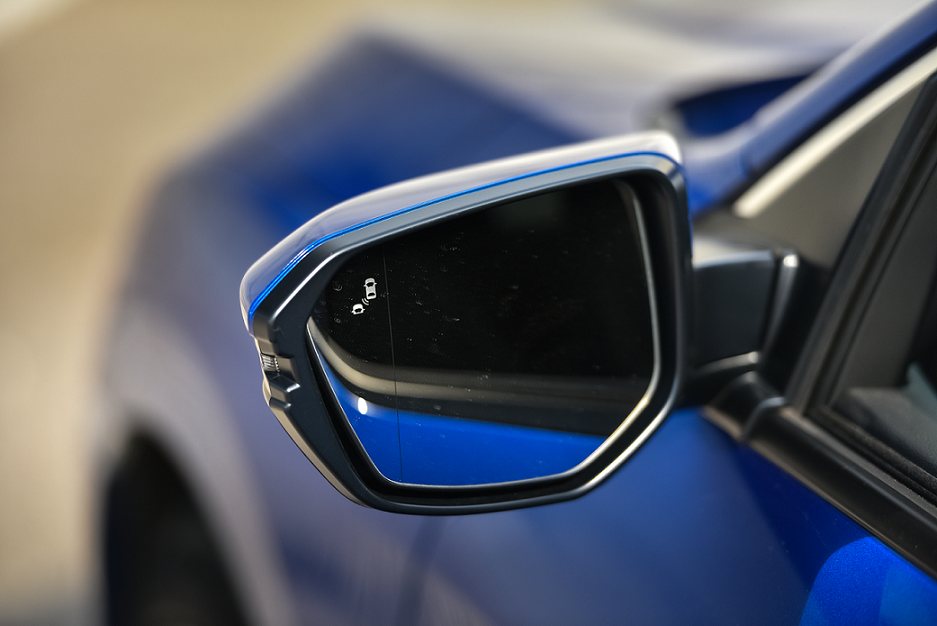
This feature alerts drivers when a vehicle is in its blind spot, aiding in lane changes and merges. It can help prevent the approximately 840,000 blind spot accidents that occur each year in the U.S., according to the National Highway Traffic Safety Administration (NHTSA).
Lane Departure Warning/Lane Keeping Assist
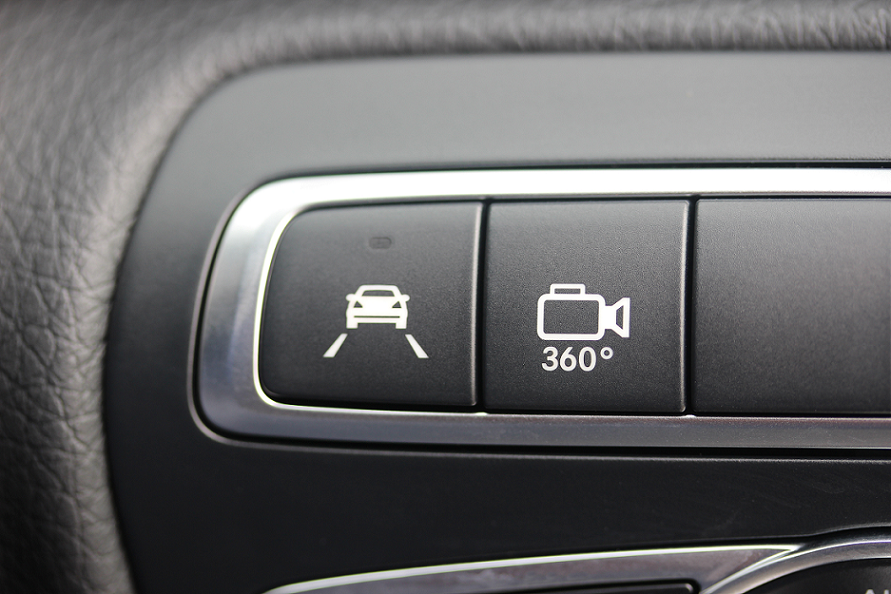
These systems alert the driver when their car starts to unintentionally move out of its lane and can even guide the car back into the lane. The IIHS states these systems could prevent nearly 85,000 crashes and 55,000 injuries annually.
Rearview Camera/Reverse Sensing System
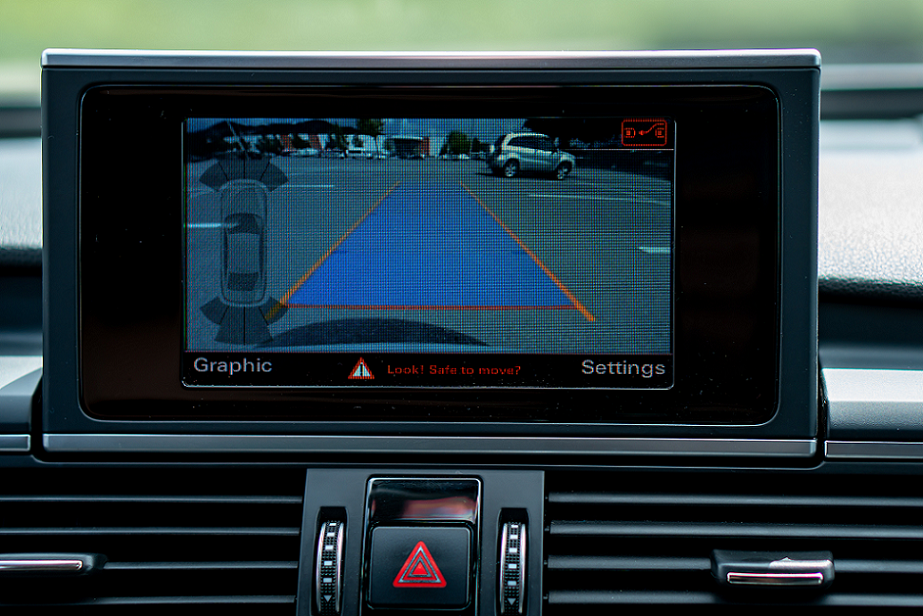
Since 2018, these have been mandatory in all new vehicles in the U.S. They show the area behind the vehicle to help drivers reverse safely. NHTSA states that back-up cameras can reduce the risk of back-over accidents by 46%.
Adaptive Headlights

These headlights pivot in the direction of the turn, improving visibility on winding roads at night. The IIHS found that vehicles with adaptive headlights are involved in fewer accidents.
This article originally appeared on MyCarMakesNoise.
More from MyCarMakesNoise
The World`s 20 Longest Non-Stop Flights

In the world of commercial aviation, long-haul flights represent the pinnacle of endurance, engineering, and passenger service. These journeys, often spanning continents and oceans, connect distant cities across the globe, facilitating business, tourism, and cultural exchange. Read More.
The 13 Most Reliable Electric Cars According To Consumer Reports

In the ever-evolving world of electric vehicles (EVs), reliability remains a top priority for buyers. Consumer Reports has rigorously tested numerous models to identify the most dependable EVs on the market today. Read More.
20 Timeless American Muscle Cars Holding Their Value

Muscle cars, with their powerful engines and iconic designs, represent a classic era of American automobiles. This article looks at these legendary cars that have increased in value over time, highlighting their appeal as both investments and cherished collectibles for enthusiasts and collectors. Read More.




